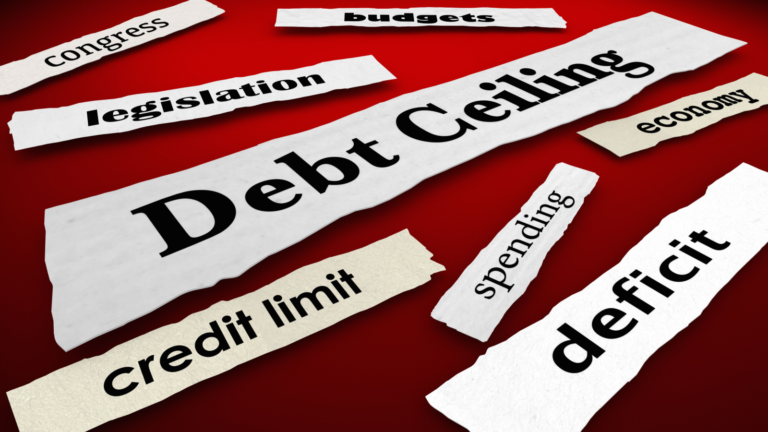As the U.S. continues to dwindle down its emergency funding in excess of its debt ceiling, interest in the government’s current predicament continues to rise. Indeed, every passing day brings the potential of a government default closer to the realm of reality.
Since 1922 U.S. federal debt has gone from $408 billion to its current $31.46 trillion level. Despite the country’s vivacious business activity, the U.S. has rarely run a surplus, requiring additional borrowing to sustain its spending streak.
In January of this year, the country exceeded its statutory debt limit of approximately $31.38 trillion, a ceiling set via public law in December 2021.
Although U.S. sovereign debt is one of the most widely held types of security around the world, much of the country’s debt is actually owned by different arms of the federal government, like Medicare, retirement programs, Social Security, and more.
That said, the single largest owner of U.S. government debt is the Federal Reserve, which constantly buys and sells Treasury securities in order to control the money supply in the U.S. If you recall, in 2020, the Fed bought up record amounts of Treasuries in order to inject cash into a stagnating quarantine economy. At its peak, the Fed owned more than $6.2 trillion in American government debt.
What Does It Mean to Raise the Debt Ceiling?
Raising the debt ceiling is, lamentably, a highly politicized matter. While it’s been relatively common and routine for the U.S. to increase its debt cap — it has happened 78 times since 1960 — in recent years, it’s become a push-and-pull affair between highly polarized political parties.
Unfortunately, Congressional legislation is the only way for the U.S. to raise the debt ceiling. The U.S. is one of few major countries with a statutory debt limit in place and still relies on relatively unreliable methods of raising the ceiling. Many economists have proposed removing the debt limit altogether, to mixed congressional responses.
The rub is that should the U.S. fail to raise the ceiling in time, the country would likely incur a downgrade in the quality of its debt, something that would hurt financial markets far and wide.
Earlier this month, House Speaker Kevin McCarthy introduced legislation to bump the debt ceiling by $1.5 trillion in exchange for some hefty federal spending cuts. This is a non-starter for President Biden, who has called for more bipartisan negotiations.
While the country has never defaulted on its debt in its history, every passing day is a step closer to the milestone. Many suspect the government will raise the ceiling dangerously close to when the Treasury is projected to run out of its “extraordinary measures” spending powers, estimated to happen sometime this summer.
On the date of publication, Shrey Dua did not hold (either directly or indirectly) any positions in the securities mentioned in this article. The opinions expressed in this article are those of the writer, subject to the InvestorPlace.com Publishing Guidelines.

